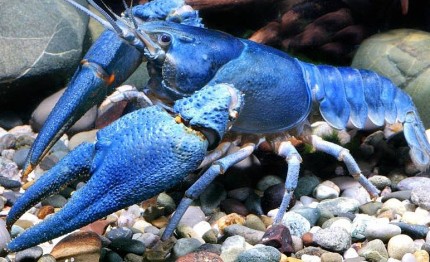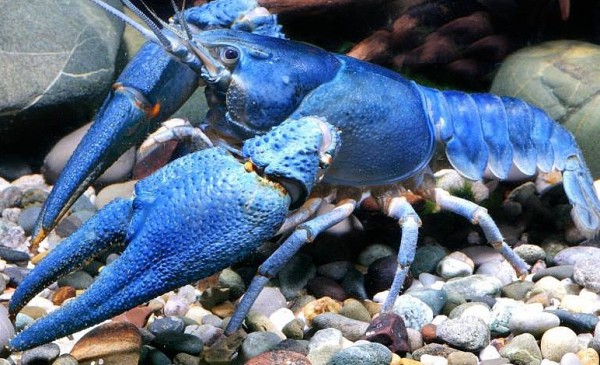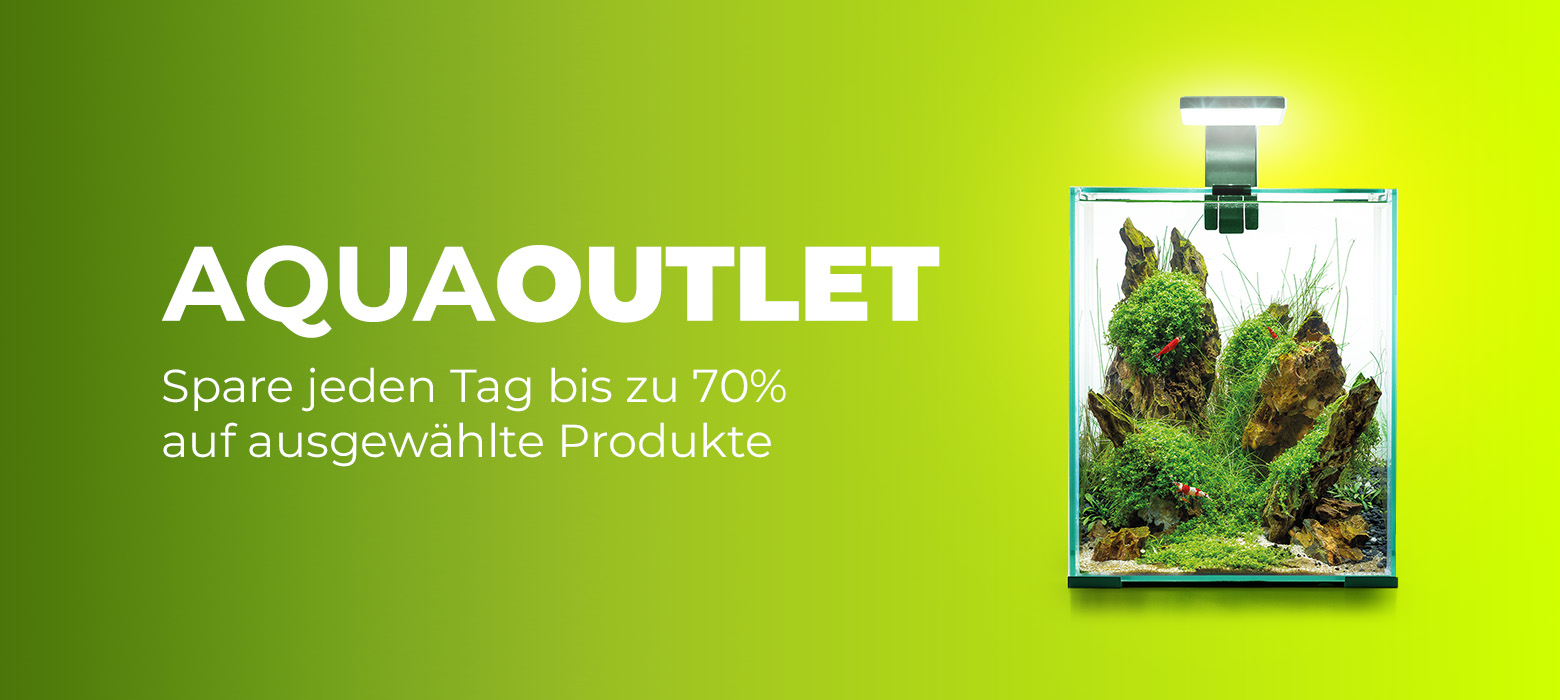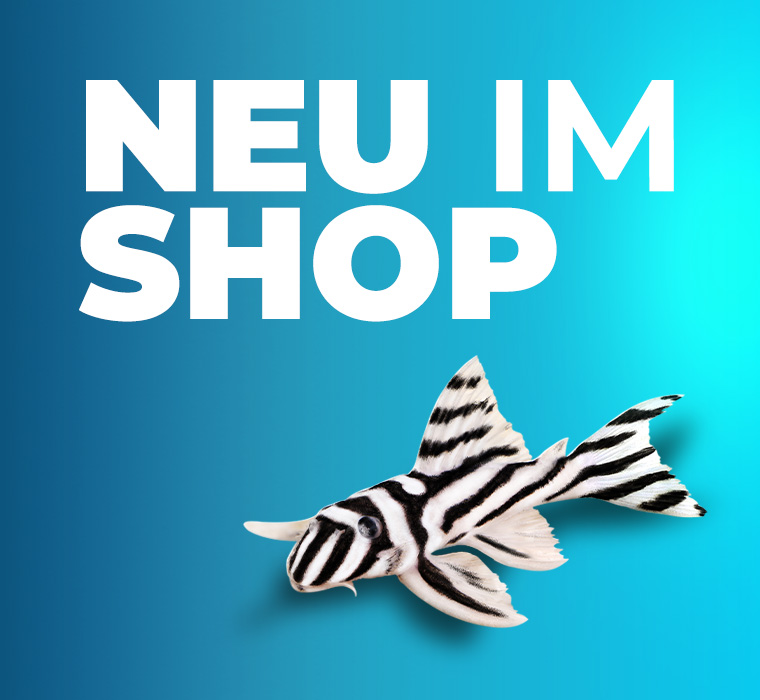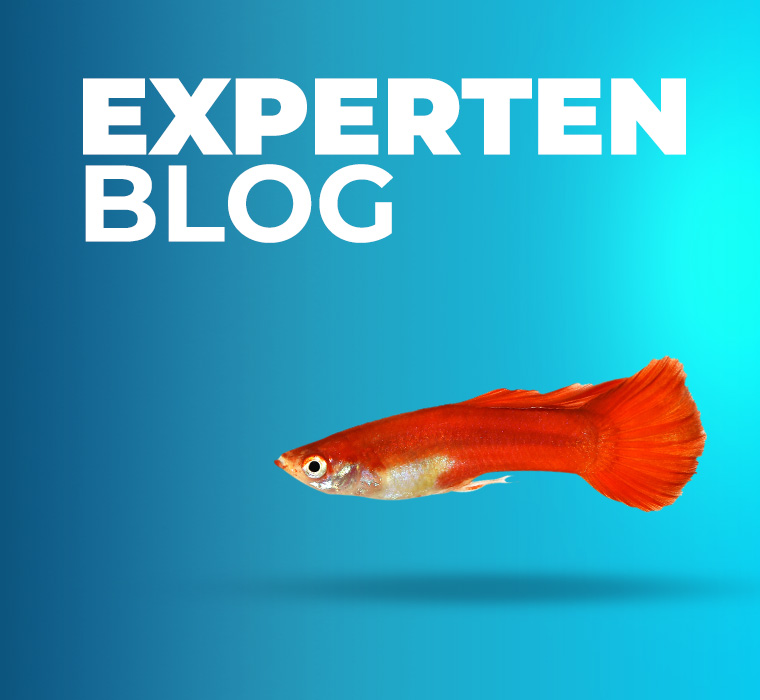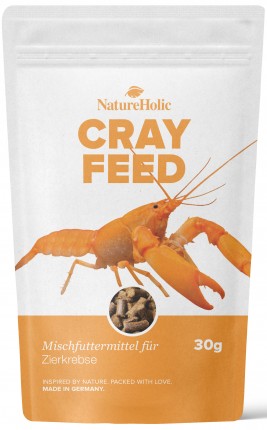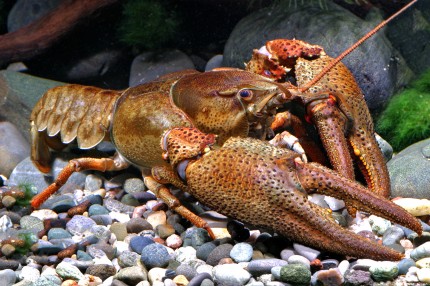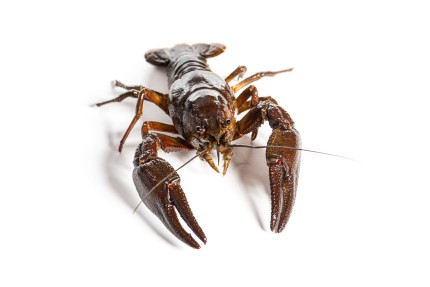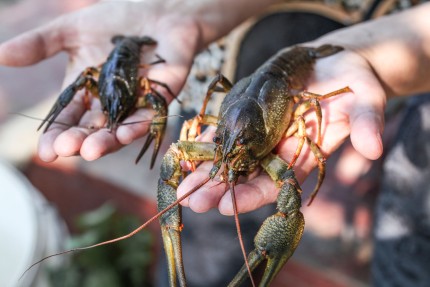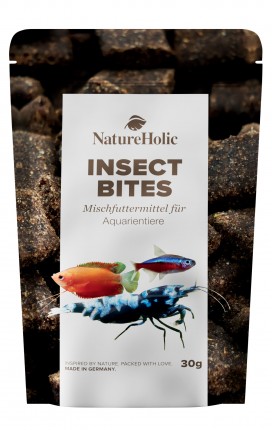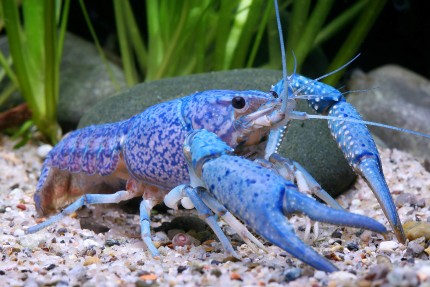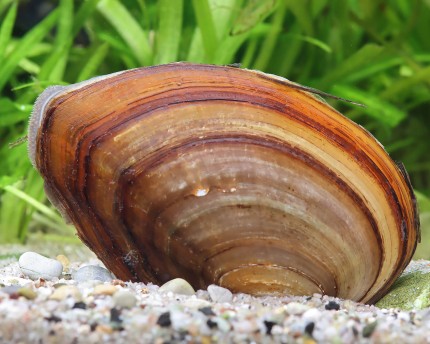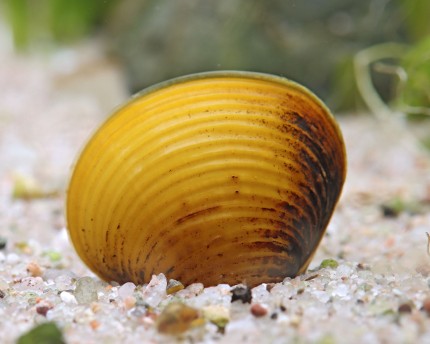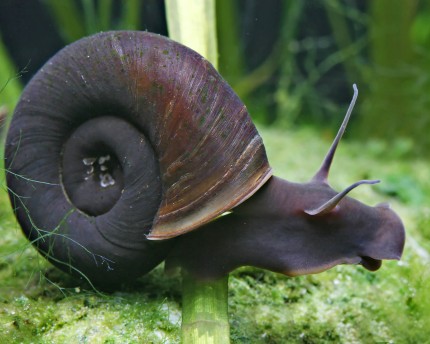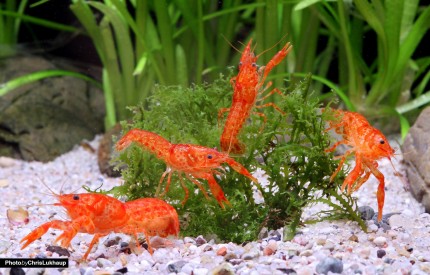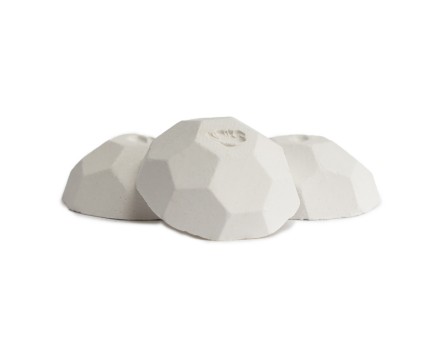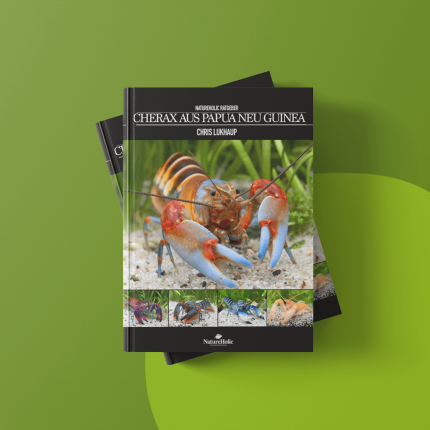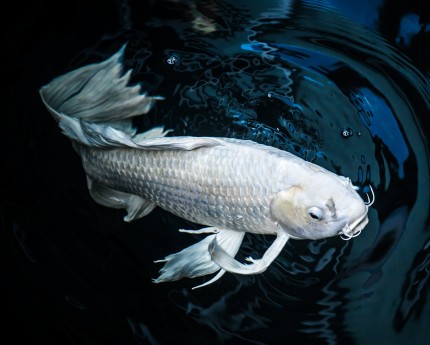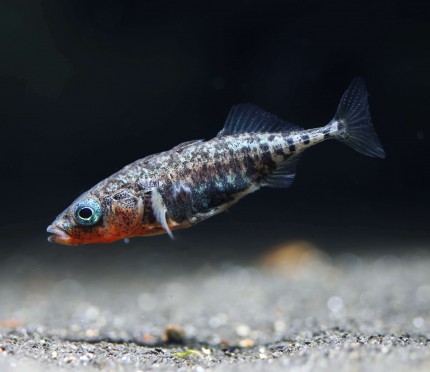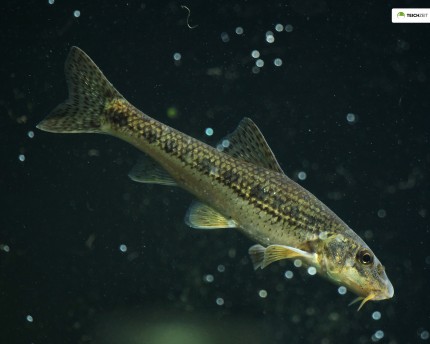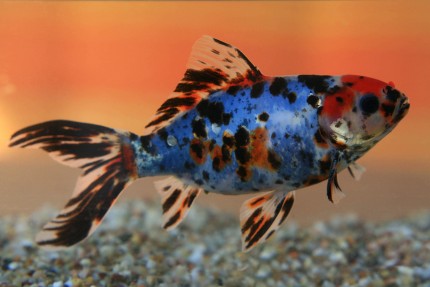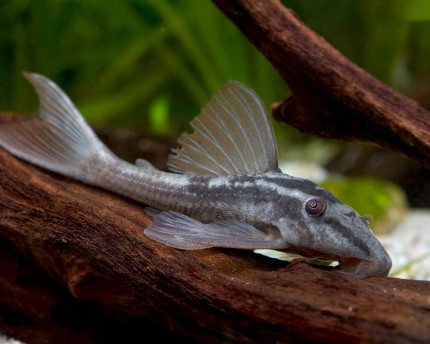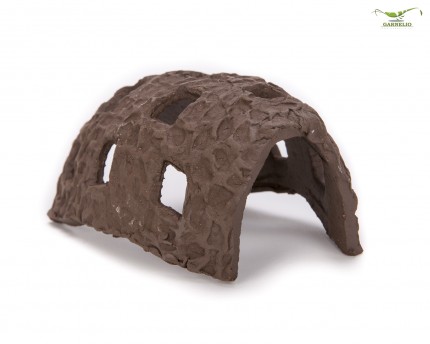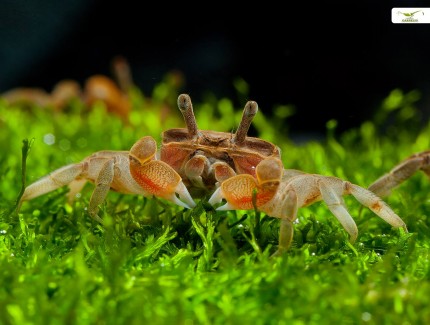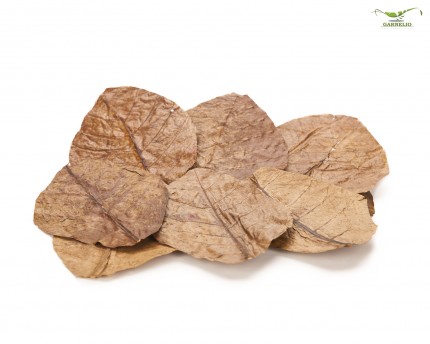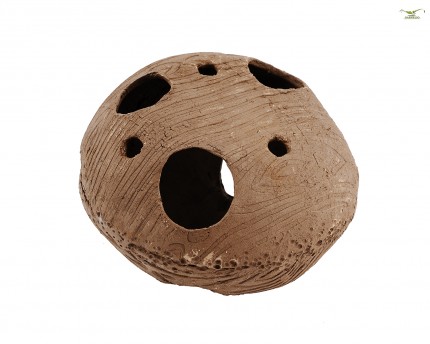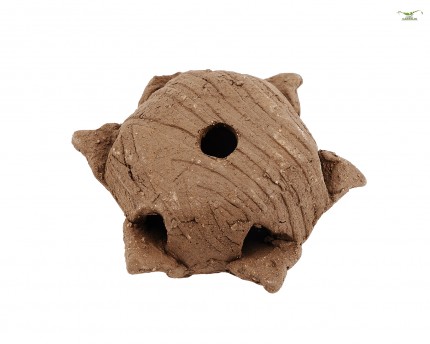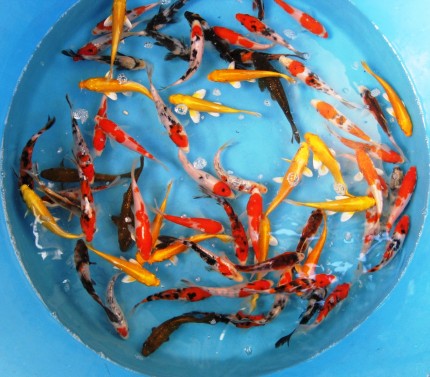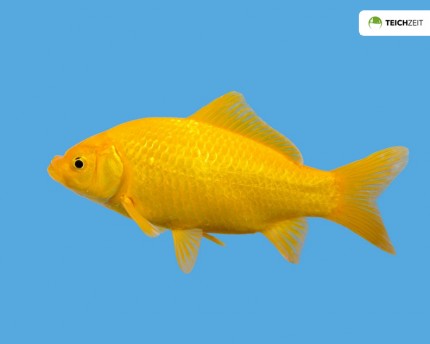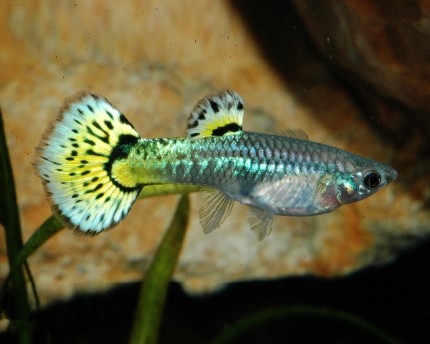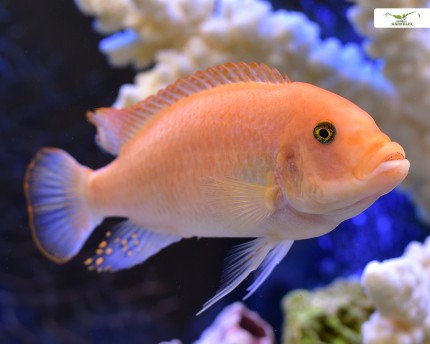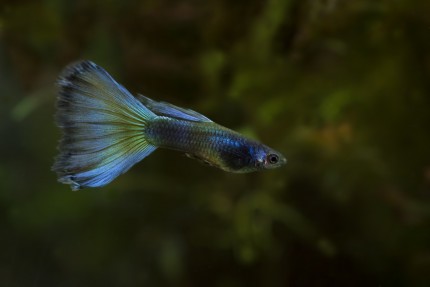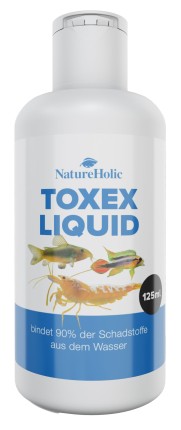Blue noble crayfish - Astacus astacus
- Item no: 2236
Fast delivery times
All products are in stock with us!14 years of breeding experience
Let our team of experts advise you!High customer satisfaction
from over 3,000 reviews "The blue color form of the European noble crayfish Astacus astacus is extremely rare. Whether it is hereditary or environmental is not yet clear. The blue noble crayfish, which is native to our country, can be kept wonderfully in a garden pond of sufficient surface area and with a depth of more than 1 meter. In the wild, the noble crayfish is considered critically endangered or threatened with extinction, and the blue color form is even rarer. Astacus astacus was in former times a very popular and important edible crayfish. In the meantime, populations are dwindling not only because of increasing pollution, but also because of the spread of crayfish from North America, which occupy the same biotopes and are extremely assertive. Furthermore, they spread the crayfish plague, which is lethal to all crayfish from the European, Australian-New Zealand and Asian regions. Because of this disease, which is caused by an algae fungus, noble crayfish in aquariums and garden ponds must never come into contact with North American crayfish and also water from an aquarium in which North American crayfish are kept.
We recommend a species tank for the blue noble crayfish, it can be socialized with dwarf shrimps from the genus Neocaridina. Snails are also a good stocking in the crayfish aquarium as a live food source, if you accept that they will be eaten. Small fish such as bitterlings or notropis, which can cope with low temperatures in the winter, are a suitable additional stock for noble crayfish in the aquarium and pond.
The blue noble crayfish reaches a length of up to 15 cm without claws, some males even reach 18 cm. The impressive claws are very striking. The bright blue body color is unparalleled
Females and males can be easily distinguished from each other in the blue noble crayfish. Males have distinct V-shaped mating styli (gonopods) on the underside at the transition from the head carapace to the abdomen, formed by the first two pairs of swimming legs. In females, two openings can be seen at the base of the 2nd pair of walking legs. Females have five pairs of webbed legs under the abdomen, males have only three.
For a pair of the blue noble crayfish we recommend a large garden pond with at least 1 m depth or a tank of 100 cm length or more. A good structure is important, so that the noble crayfish can hide in case of need. Astacus astacus eats plants and digs a lot. The decoration must be absolutely secured against tipping over! An aquarium with Astacus astacus must be cooled during the winter months. The crayfish will only reproduce if the water in the aquarium or pond is only 4 to 10 °C for several months. If they are kept continuously at room temperature, noble crayfish do not grow old. If kept properly, they can reach an age of 15 to 20 years.
Astacus astacus reaches sexual maturity only at the age of three, the blue noble crayfish also reproduces only once a year. The crayfish mate in the fall, and the females lay up to 200 eggs in November, from which the young crayfish do not hatch until May or June. During the gestation period, female Astacus astacus are very susceptible to disturbance. If you want to breed the blue noble crayfish in the aquarium, you should take out the males during this time or separate the pregnant females. In the garden pond this measure is superfluous.
The offspring of the blue Astacus astacus is cannibalistic. The young crayfish must therefore be offered many hiding places such as clay crayfish burrows, perforated bricks and so on. A thick layer of brown autumn leaves not only provides shelter for young and old noble crayfish, it also serves as a valuable natural food source.
The blue noble crayfish Astacus astacus is an omnivore and gladly accepts special crayfish food, but also fish food, frozen food and freshly scalded or dried green food. It also appreciates vegetables - but they should always be properly washed and untreated. A varied, balanced diet is essential for the blue noble crayfish to survive.
Our food recommendation: Freshwater crayfish have a very varied diet in the wild. The Natureholic Crayfish Feed Sticks contain in a biologically balanced form only those ingredients that these crayfish in this or similar form to their natural food spectrum. This naturally supports and promotes moulting, growth and reproduction. Due to their protein content they are ideally suited for omnivorous crayfish of the genera Procambarus, Cambarus, Cambarellus, Astacus and the Cherax crayfish from Australia, which are basically omnivores that like to eat animal as well as vegetable food. The crayfish of the genus Cherax from Papua also like to eat a portion of animal food when they are young, but later they switch mainly to plant food.
Our plant recommendation: Use for planting NatureHolic InVitros. These are free of snails, planaria and other unwanted co-inhabitants. Also free of algae spores, bacteria and fungi.
Expert Tip: We recommend for fish keeping the NatureHolic 3 Phase Liquid. The care set offers the best all-round protection for your animals. It ensures optimal conditions for successful breeding and keeping.
| Scientific name: | Astacus astacus (Linnaeus, 1758) |
| German Name: | Blue European noble crayfish |
| Difficulty level: | advanced |
| Origin/Distribution: | Northern Europe, Central Europe |
| Coloration: | various shades of blue |
| Age expectancy: | 15 to 20 years |
| Water parameters: | GH up to 25, KH up to 25, pH 6 to 8.5, temperature in summer: 16 to 22 °C, in winter: 4 to 9 °C |
| Tank size: | from 100 cm for one pair |
| Food: | Natureholic crayfish food, brown autumn leaves |
| Reproduction: | easy, after three to four weeks 100 to 200 young crayfish hatch, they are strongly cannibalistic and therefore need many hiding places |
| Behavior: | little aggressive, compatible |
| Socialization: | with shrimp, possibly with peaceful medium sized fish that can handle the cold period in winter |
| Further information | Sex differences crayfish, shrimp, crayfish, snails & mussels feed properly, Cherax aquarium crayfish - keeping in the aquarium |
- Item no: 2236
Entdecke die Garnelio Welt!
Garnelio gehört zu den größten Onlineshops für wirbellose Aquarientiere weltweit.
Viele Artikel gibt es exklusiv nur bei uns im Shop.

